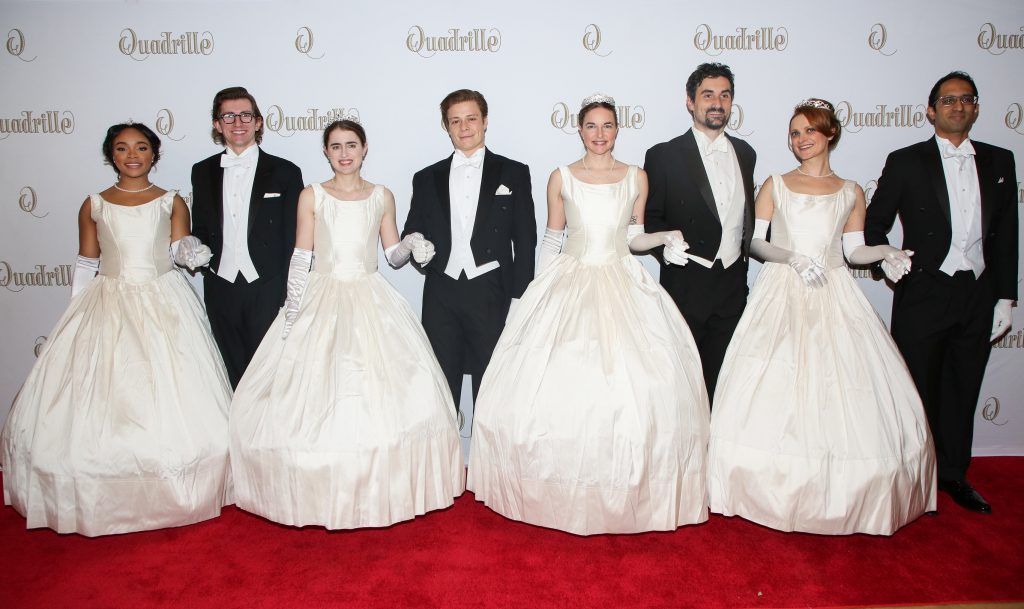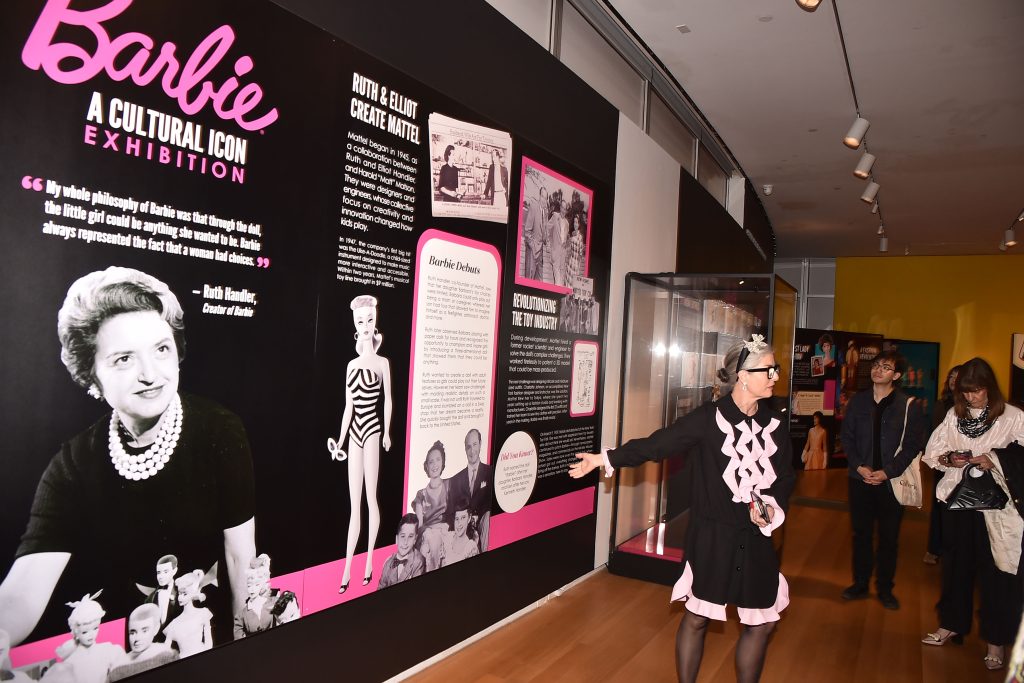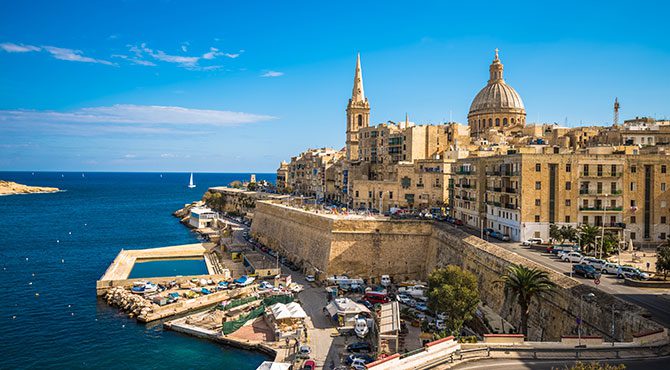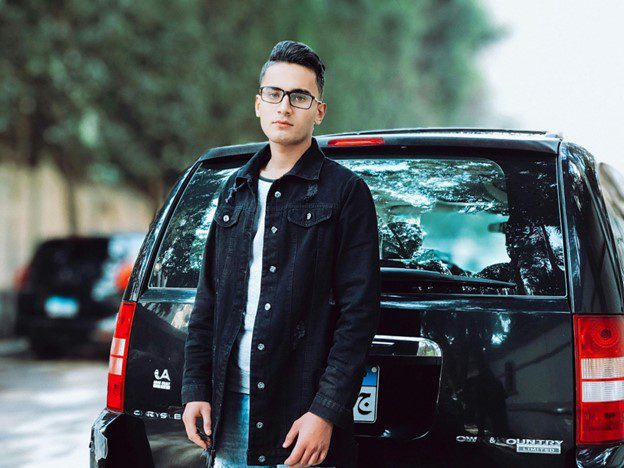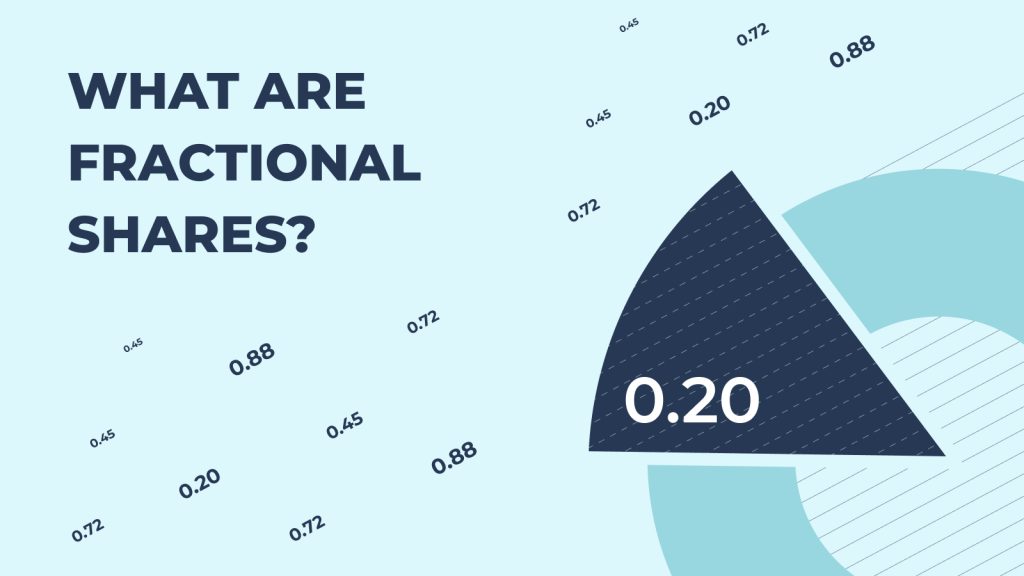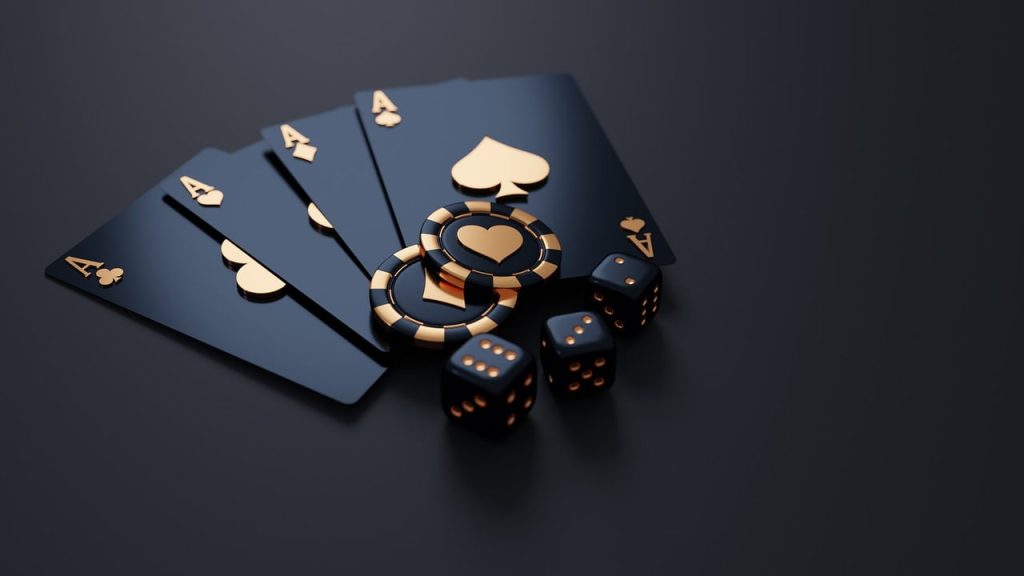As the world has succumbed to sheltering in place, we are also faced with extended bouts of intense self introspection and can finally be at home with one’s thoughts and perhaps even existentialism, which has never gone out of style. Coined by leading philosopher Jean Paul Sartre, existentialism questions the purpose of human existence, as well as our purpose in life. Piotr Bak, an artist based in Zywiec, Poland, shapes his art around the meaning of the human existence as well as people’s attitude towards tradition, culture and religion where many of his polychromos installations reside in iconic palaces and churches throughout Poland.


Bak’s work focuses on large scale virtuoso graphic matter created on medium density fiberboards (MDF). Akin to a puzzle, his drawings require immense attention to fully understand them. Bak incorporates forms that we can easily identify (the human body) and those that are less tangible (rhizomes and human emotions). “My subsequent journey inside myself was a slow but honest and true process, I think. My imagination is constantly being developed by the world in which I live, the world in which the superior source of inexhaustible inspirations is the human being. Originally, the human being was important for me in the anatomic sense and as a means for improving my technique, in which the real emotions were hidden beneath an aesthetic and formal stratum. With time, the realistic aspect of my work becomes less important in stimulating my imagination, but rather gives place to a different perception of the human being. I became interested in a man from the ontological point of view.”


Full of hidden metaphors, Bak’s work relates to current events, mythological themes, spontaneity and the act of self-expression. “Originally, the starting point was an impulse which came to me from the world of film, music or the surrounding reality. This impulse was merely a vestibule to the world of imagination full of surprising turnabouts in the course of a drawing improvisation which sometimes led me to unforeseen inter-structural entanglements. My forms pulsate with emotions of various colors and a diversified spontaneity of gesture more or less emerging to the surface, which is brought to life. The multi-layer tissue pulsating with a specific creation process gradually becomes a more and more conscious carrier of metaphysical meanings. Apart from the human being, I am also interested in other biological forms, such as trilobites. The first brachiate organisms living from the Cambrian to the Permian period presented in the gamut of my signs lose their lexical meaning and gain another one.”
Bak started working on the cycle entitled In Search of Oneself in 2011 with the painting Święto Kupały [Kupala Night], and completed the cycle with his work entitled Oczyszczenie [Purification]. “Searching for oneself is searching for one’s identity, one’s place in the world and in society, which I understand as a process of constant searching for my own language of expression used to conduct an intimate dialogue with the surrounding reality. In the modern world developing one’s self is very difficult. Homogenization, one of the mainstreams of the present pop culture, leads to an individual’s atrophy in a more and more discernible and visible way. Mass art has become homogenized due to the result of expansive and ubiquitous globalization from the speed of data transfer and developing technology. Because of various forms of manipulation, mass art offers an illusion of freedom. It blurs the borders between different cultures offering instead second-rate entertainment, increasing the number of recipients, and consequently increasing profits. It is the age of sameness in which the individual gradually becomes blurred. Many people lose the need to search for the way to understand their own uniqueness.”
Bak focuses on existential problems and references his personal experiences. “The works are often personifications of my inner states. Because of the significance of the problems I avoid grotesque presentations. Analyzing corporeality in art in a diachronic manner we observe that artists have always had a predilection for it with a changing perception and way of depicting the human being. These changes did not result from any physiological changes, since the structure of the human eye was not transformed nor have there been any physiognomic changes, but rather they resulted from a re-organization of the social and cultural mechanisms. Mass culture exerts a huge pressure on corporeality currently turning it into a cult, which sometimes goes beyond the common sense and becomes grotesque. In my works the human body also undergoes a metamorphosis depending on my aesthetic awareness.


The themes I focus on also refer to man’s condition and are a commentary on the current social situation, but I do not make them provocative; instead I choose a milder form of expressing my thoughts. I present deformed corporeality in amounts necessary to feel it rather than see it. Deformation is one of the main elements of developing tension in my works.”
“By including the Paleozoic arthropod in my work I try to present the tough attempt of an individual to escape from being formatted, and I present the problem as a timeless one. The directional tension flowing through my works at a changing pace is an important binding medium in the development of meanings and atmosphere. I try to control it by giving the forms a proper direction, a vibration of the surface, keeping proper intervals between the forms, so as not to create a tension inconsistent with the semantic or visual arrangement. I clash together the mobility of a shapeless form and the paralyzed movement of anthropoid organisms which I in turn immerse in the central part of the drawing on something resembling a stage connected with a water surface, which by association is additionally meant to limit mobility. In this work I concentrate on man as an individual embedded in an automatized everyday reality. The excess of emotions expressed in the painting gesture is calmed by means of a conscious and subjective development of forms.”
Bak has been involved in over 70 group exhibitions in his country and abroad, including 17 solo shows with the most recent showing at the Art Nova 2 Galley of ZPAP District of Katowice.
For more information regarding Piotr Bak, please conatct Glo Creative Gallery [email protected] 917-213-4473









